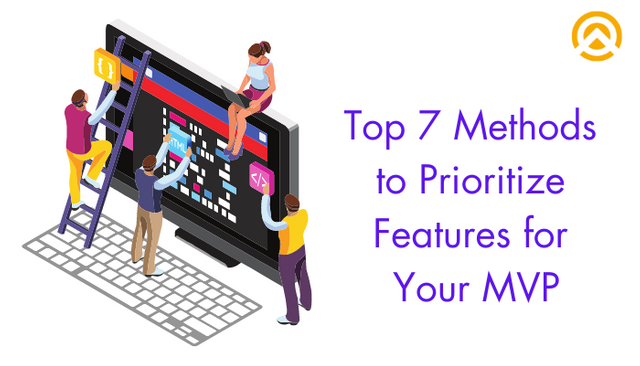The MVP approach allows for iterative development, enabling the incorporation of user feedback into subsequent versions. Ultimately, the MVP serves as a starting point for further enhancements and iterations based on user input and market demand. You can connect with the MVP app development company.
By focusing on the essentials, the MVP allows for a streamlined development process and quicker time to market. It also provides an opportunity to test assumptions and validate the viability of the product before investing significant resources into its full development.
This user feedback is crucial in identifying strengths, weaknesses, and areas for improvement. By collecting real-world usage data and direct user input, the development team can gain valuable insights to guide future iterations and refinements.
The iterative nature of the MVP development cycle involves a continuous feedback loop, where each version builds upon the previous one. This allows for incremental improvements based on user feedback and market response. Moreover, in this article, we will discuss the top 7 methods to effectively prioritize the MVP app development process.

Top 7 Methods to Prioritize MVP Features
The MVP development company has a strategic approach to product development, emphasizing the importance of early validation, user feedback, and continuous improvement. By starting with a minimal yet functional version, businesses can reduce development costs, mitigate risks, and increase their chances of creating a successful and marketable product. As MVP in software development helps to develop profound solutions:
Potential Value to Users and Market
This involves assessing the impact a feature may have on solving a core problem or fulfilling a key user need. By identifying high-value features, businesses can ensure that their MVP delivers significant value to early adopters, thus increasing the likelihood of user adoption and positive feedback.
User Feedback and Market Research
Conducting user interviews, surveys, and market analysis can provide insights into user preferences, pain points, and desires. By listening to the target audience, businesses can prioritize the features that are most important and relevant to them, leading to higher user satisfaction and engagement.
Analysis of Competitor Products
The prioritization of MVP features can be influenced by analyzing competitor products. By focusing on features that provide a competitive advantage, businesses can attract users and stand out in a crowded market.
Involvement of Internal Stakeholders
Internal stakeholders, including product managers, development teams, and executives, can contribute to the prioritization process. Their expertise and insights can help identify features that align with the product vision and business goals.
Feasibility Considerations
The feasibility of implementing certain features within the given time and resource constraints can impact their prioritization for the MVP. Considering the development effort, technical complexity, and resource availability is crucial when selecting features. Prioritizing features that are achievable within the available resources and timeframe ensures a realistic development process and timely delivery of the MVP.
User Behavior and Preferences
Conducting usability tests, gathering user data, and monitoring user interactions can provide insights into user preferences and expectations. By prioritizing features that align with user behavior, businesses can create an MVP that resonates with the target audience, increasing the chances of adoption and positive user experiences.
Communication and Collaboration
Regular communication and collaboration between the development team, product managers, and other stakeholders are vital for effective feature prioritization. Holding discussions, brainstorming sessions, and cross-functional meetings allow for a comprehensive understanding of the product requirements and goals. By fostering a collaborative environment, the team can align their perspectives and collectively make informed decisions on feature prioritization.
How Much Does it Cost to Develop MVP?
You'll find yourself even more puzzled than before if you try to google "MVP development costs" and read a few articles on the topic.
For example, you could find wonderful concepts like MVP prices may start as low as $500. The price of the MVP software might reach $1.5 million. Without building a spaceship to Mars, a minimum viable product that costs $1.5 million is probably not an MVP. An example of an MVP is a prototype. Spoiler alert: these are two very different ideas.
The complexity and scope of the MVP feature directly impact the development cost. The more complex the features, the more time and effort required to implement them, resulting in higher costs. It is important to prioritize and focus on essential features to keep the cost within budget.
Conclusion
Although, MVP Development agency will help you to know about the audience’s reaction at an early stage. Prioritizing MVP features is a critical step in the product development process. Investing in good design and user experience is crucial for an MVP's success. The cost of hiring skilled designers or UX/UI specialists should be considered. A well-designed and intuitive user interface can positively impact user engagement and adoption.
The cost of infrastructure and hosting services should be considered, especially if the MVP requires server resources, cloud services, or third-party integrations. These costs may vary based on the chosen providers and the anticipated usage of the product.